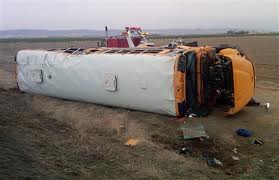The National Highway Traffic Safety Administration (NHTSA) reported that highway traffic deaths increased by 13.5 percent during the first quarter of 2012. This increase is the largest jump in traffic fatalities since 1979. Given that traffic deaths in 2011 were at their lowest since 1949, this recent increase in car accident fatalities is especially concerning.
However, the NHTSA warned that the first quarter results should not be used to draw conclusions about the traffic death rate for the rest of the year. It is not clear why the rate increased, but the weather and a slowly resurging economy are being considered as factors.
Regardless of the cause of the recent increase in traffic fatalities, there are steps you can take as a motorist to protect yourself on the road. The National Safety Council suggests the following:
 Seattle Injury Lawyer Blog
Seattle Injury Lawyer Blog


